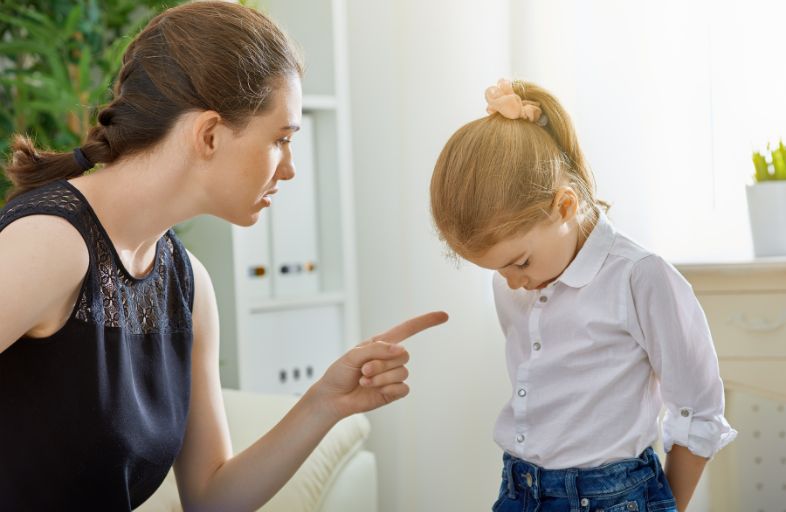Ineffective teaching poses a significant obstacle to the learning process, leading to disengaged students and poor academic results. It is characterized by a lack of clarity, inadequate lesson planning, failure to adapt to students’ diverse learning styles, and an absence of constructive feedback, ultimately hindering students’ potential for growth and stifling their curiosity and enthusiasm for learning.
A student, especially kindergartners often look up to teachers. As it’s their first time learning out of the house, their first time meeting new people on their own. The first experience leaves a very strong impact on a child’s mind. Ineffective teaching which includes poor communication between students and teachers affects a child negatively. Thus, it could be possible that the tone of an ineffective teacher is discouraging, or else the pressure is causing the student to feel uncomfortable. Moreover, ineffective teaching highly affects a child mentally.
What Does Ineffective Teaching Look Like?
Ineffective teaching can take on various forms, making it difficult to identify at times. Some common signs of ineffective teaching include:
- Lack of organization and structure in lessons: This can lead to confusion and disengagement among students, as they struggle to make sense of the material.
- One-size-fits-all approach: Failing to adapt lesson plans and teaching methods to accommodate students’ diverse learning styles can result in learning gaps and disinterest in the subject.
- Failure to provide constructive feedback: Without proper guidance and feedback, students may feel lost and discouraged, leading to a lack of motivation and poor academic performance.
- Inconsistent or unclear expectations: If teachers do not communicate clear expectations for assignments and assessments, students may become overwhelmed or apathetic about their work.
- Disconnected from students’ interests and backgrounds: When teachers fail to connect the material to students’ lives and experiences, it can be challenging for them to see the relevance and value in what they are learning.
How Does Bad Teaching Affect Students?
A successful student-teacher relationship relies on mutual respect, comfort, and trust. Ineffective teaching can undermine this crucial connection. When a teacher possesses empathy and strong communication skills, students feel at ease posing questions and engaging in conversations. This not only fosters comfort but also empowers children to express themselves, diminishing hesitance. Consequently, it bolsters their confidence and provides moral support, significantly influencing a child’s overall personality.

Conversely, a teacher lacking in classroom management, a friendly demeanor, and effective disciplining skills can cultivate a negative perception of studying in students. For them, learning becomes an arduous task. In certain instances, this may lead to a loss of respect for teachers. Enthusiastic learning is impeded when there is a lack of respect for the individuals imparting knowledge to the students.
How To Avoid Ineffective Teaching?
We have written several interesting and effective ways that could help any teacher avoid ineffective teaching. Not only it’s good for kids, but it can also guide any young teacher, who has just started teaching kindergartners, or ineffective teachers.
Ask And Listen Well:
Engage in friendly conversations to boost a child’s confidence by asking about their day or their favorite games. Children love talking about new or interesting activities. Showing interest while they are speaking. Also interrupting them while they are excited and talking or criticizing is a trait of an ineffective teacher. It can make a child avoid healthy conversations with teachers. Moreover, it contributes to the holding in their queries instead of asking a question.
Wrong Use Of Scary Tactics:
When a child misbehaves, instead of immediately involving parents, consider the possible reasons, such as home issues or adjusting to a new environment. Understanding the root cause before taking action is essential. Consequently, the child may become disengaged in class, leading to poor performance. Resorting to calling home without addressing the underlying issues can strain the student-teacher relationship.
Fun Child Activities:
Sitting all the time can tire any human. Kids are energetic. Making kids sit and learn could be a tough job, forcing them to sit and study can cause them to feel frustrated with their studies. Avoid this characteristic of an ineffective teacher. Rewarding kids with educational games, such as a simple end-of-day activity like throwing a ball and asking questions, can have a significant impact on students.
Encourage Creativity:
One of the most effective ways to make kids feel interested in studying is by encouraging creativity. By this way, children get a chance to show their talents as well. Painting, drawing, singing or dancing are some fun activities that can help students learn creatively while having fun at the same time. It also helps them to express themselves better and develop their critical thinking skills.
Communicate Effectively:
Effective communication is crucial in fostering a positive learning environment. Encouraging open and respectful communication between teachers and students can help build trust, address any concerns or issues promptly, and promote a healthy teacher-student relationship. This can lead to increased engagement and motivation among students and ultimately improve their academic performance.


